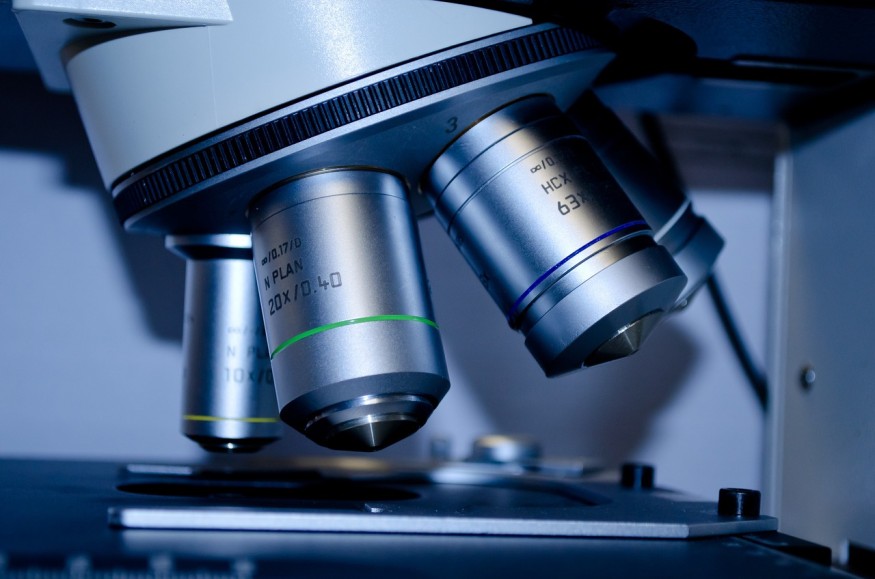
The peptides known as Sermorelin and Ipamorelin are quite similar to one another. These two peptides have certain characteristics but are distinct enough for individualized use. Though they act on distinct receptors, both peptides have been hypothesized to promote growth hormone release. By influencing growth hormone (GH) levels, Ipamorelin and Sermorelin are speculated to promote fat loss and muscle gain, better wound healing, less inflammation, and longer bone development. Studies suggest these two peptides may have distinct tertiary effects because they appear to operate via separate receptors.
Sermorelin vs. Ipamorelin: Receptor Science
Research suggests that as a growth hormone-releasing hormone (GHRH) analog, Sermorelin may interact with the GHRH receptor (GHRH-R). Conversely, Ipamorelin is an analog of ghrelin, which is hypothesized to bind to the GHS-R receptor mainly. Various receptor binding preferences cause these two peptides to impact GH levels in various ways, even though they are both growth hormone-producing peptides.
Findings imply Sermorelin might enhance GH release and prolong GH highs at baseline. Imagine it as keeping GH's typical ebb and flow (pulsatile secretion) throughout the day but with longer peaks and longer periods of increased levels. The more accurate description of Ipamorelin is that it may sharply increase GH levels, often by a factor of thirteen, compared to baseline levels, investigations purport. The effects of Ipamorelin on GH levels seem profound; however, they do not last.
Sermorelin vs. Ipamorelin: Growth Hormone
In order to regulate the secretion of growth hormone, the anterior pituitary gland primarily employs the GHRH-R receptor. It secretes growth hormone in response to stimulation.
Researchers suggest it is worth noting that Sermorelin may not often result in significant spikes in GH levels. Nevertheless, it has been hypothesized to lengthen GH's release time. That is to say, Sermorelin does appear to raise GH levels, but it seems to mostly help maintain peak levels for longer by making GH release last longer. Studies suggest that even while Sermorelin may increase GH levels by prolonging GH release, it may also spread and smooth out the peaks of GH release. The fact that Sermorelin might maintain the natural physiological rhythm of GH release is hypothesized to be its main property, as it might reduce the likelihood of consequences.
Both ghrelin and Ipamorelin have been theorized to increase the pulsatility of GH, and it is believed that they might contribute to establishing an insulin-like growth factor 1 set point. Studies have suggested that when Ipamorelin is given to animal subjects, growth hormone levels may skyrocket within 5–15 minutes and fall quickly. Therefore, unlike Sermorelin, Ipamorelin does not seem to enhance GH secretion significantly. It is more accurate to speculate that Ipamorelin might temporarily increase maximal growth hormone production levels. Research suggests the effect on peak and trough GH levels may differ when given Ipamorelin at different times. Therefore, the effects of the peptide may be modified to a certain degree by adjusting the time of Ipamorelin presentation.
Ipamorelin vs. Sermorelin: LBM
Research suggests that Sermorelin may be more effective than Ipamorelin; however, both have been speculated to promote the growth of lean muscle mass rather than fat. This is because, in contrast to Ipamorelin, Sermorelin may have dual action as a growth accelerator and a fat burner. Investigations purport that although Ipamorelin may have some impact, it might not be as helpful to lean body mass deposition as Sermorelin. The fact that Ipamorelin is similar to the hormone ghrelin—which promotes food intake—explains why it differs. The overall balance is shifted from fat deposition to lean body mass deposition due to its growth hormone-boosting qualities; however, Sermorelin is theorized to be more specifically designed to promote lean body mass, while Ipamorelin seems more generally thought of as a peptide that may boost weight. Sermorelin is often referred to as a lipolytic peptide.
Findings imply that while both peptides may promote the growth of connective tissues, Ipamorelin seems to excel in this area. Researchers have looked at Ipamorelin as a possible adjuvant in the context of osteoporosis and corticosteroid-induced bone loss because it may increase bone density and mineralization.
Though the merits of Sermorelin's potential for muscle cell growth and development are debatable, researchers speculate it may come out on top. Sermorelin has been hypothesized to promote a change in biochemistry toward a leaner weight by reducing fat mass and increasing muscular hypertrophy and hyperplasia. Studies suggest that Ipamorelin may also potentially lead to muscle cell proliferation and fibrous growth but may also direct part of those calories into fat storage.
Please note that none of the substances mentioned in this article have been approved for human consumption and should, therefore, not be used by unlicensed professionals outside of laboratory environments.
References
[i] M. L. Heiman, M. V. Nekola, W. A. Murphy, V. A. Lance, and D. H. Coy, "An extremely sensitive in vitro model for elucidating structure-activity relationships of growth hormone-releasing factor analogs," Endocrinology, vol. 116, no. 1, pp. 410–415, Jan. 1985, doi: 10.1210/endo-116-1-410.
[ii] V. A. Lance, W. A. Murphy, J. Sueiras-Diaz, and D. H. Coy, "Super-active analogs of growth hormone-releasing factor (1–29)-amide," Biochem. Biophys. Res. Commun., vol. 119, no. 1, pp. 265–272, Feb. 1984, doi: 10.1016/0006-291x(84)91647-4.
[iii] A. Grossman et al., "Responses to analogues of growth hormone-releasing hormone in normal subjects, and in growth-hormone deficient children and young adults," Clin. Endocrinol. (Oxf.), vol. 21, no. 3, pp. 321–330, Sep. 1984, doi: 10.1111/j.1365-2265.1984.tb03477.x.
[iv] R. F. Walker, "Sermorelin: a better approach to management of adult-onset growth hormone insufficiency?" Clin. Interv. Aging, vol. 1, no. 4, pp. 307–308, 2006, doi: 10.2147/ciia.2006.1.4.307.
[v] Y. Sun, P. Wang, H. Zheng, and R. G. Smith, "Ghrelin stimulation of growth hormone release and appetite is mediated through the growth hormone secretagogue receptor," Proc. Natl. Acad. Sci. U. S. A., vol. 101, no. 13, pp. 4679–4684, Mar. 2004, doi: 10.1073/pnas.0305930101.
© 2025 NatureWorldNews.com All rights reserved. Do not reproduce without permission.





